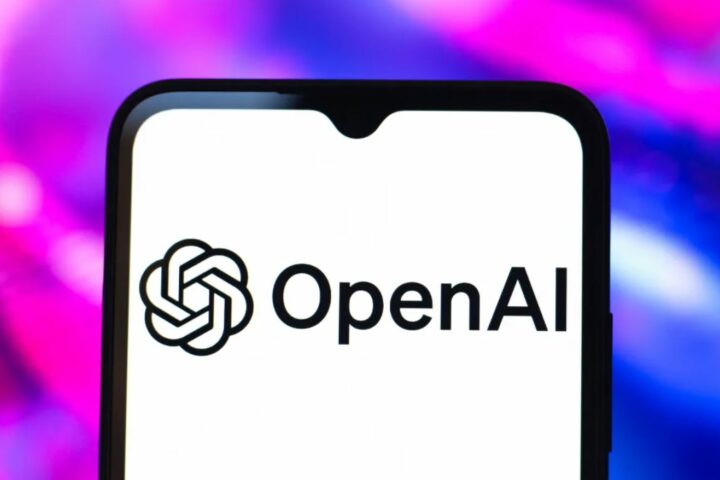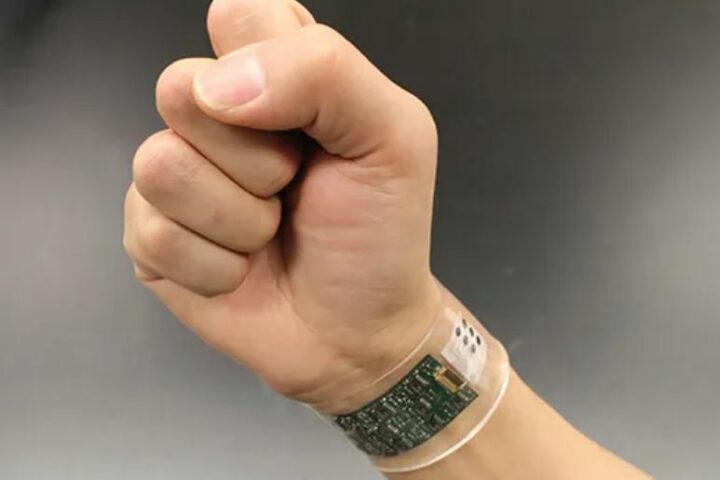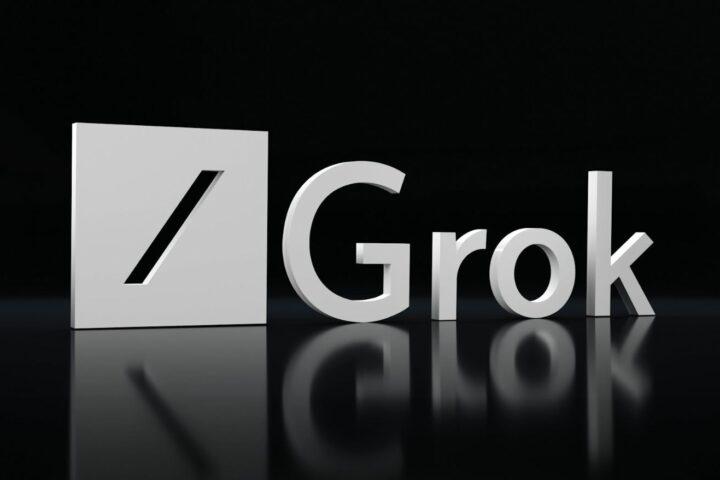 Hey there! Let’s dive into an exciting blend of physics and finance. We’re talking about using Physics-Informed Neural Networks (PINNs) to get a better grip on financial models, especially the Black-Scholes model. Now, I’m not here to give you financial advice, but I do want to show you how AI can help us understand these complex financial equations.
Hey there! Let’s dive into an exciting blend of physics and finance. We’re talking about using Physics-Informed Neural Networks (PINNs) to get a better grip on financial models, especially the Black-Scholes model. Now, I’m not here to give you financial advice, but I do want to show you how AI can help us understand these complex financial equations.
Physics is pretty amazing, isn’t it? With its rock-solid laws expressed through differential equations, it’s a field that many admire for its fairness and predictability. But in the real world, these equations need a bit of tweaking because constants like speed can change. This is where Artificial Intelligence steps in. Physics-Informed Neural Networks help by making sure predictions align with both real-world data and those fundamental physics laws.
Now, let’s switch gears to finance. The Black-Scholes model is a classic that uses differential equations to price call options, aiming to create a risk-free portfolio under certain assumptions. But here’s the kicker: using PINNs, we can refine this model to better handle real-world data quirks, giving us an advantage over traditional methods that often rely on strict theoretical assumptions.
We’ll walk through the basics of the Black-Scholes model, explore how PINNs can be beneficial, and even get into the nitty-gritty of training these networks using Python, Torch, and object-oriented programming. By combining these technologies, we can craft algorithms that not only meet but often exceed the expectations set by conventional financial models.
Financial equations like Black-Scholes are pretty analytical, but PINNs bring a bit of flexibility to the table by incorporating market data, even if it’s noisy or biased. This adaptability is what makes PINNs so valuable for refining predictions in ever-changing financial markets.
If you’re keen on seeing how this all works in practice, the article provides a detailed walkthrough of setting up a configuration file, coding, and running Python scripts to train a PINN. There’s even a GitHub repository for reference if you want to dig deeper.
What’s really exciting is that while we might not eliminate all model errors, PINNs show a better alignment with both the Black-Scholes equation and real market behaviors. This suggests a bright future for AI-enhanced financial modeling.
As we wrap up, remember that this exploration highlights the potential of PINNs in the financial world and invites you to experiment and innovate further. It’s a fascinating dance between physics and finance, made possible by the latest AI technologies.








